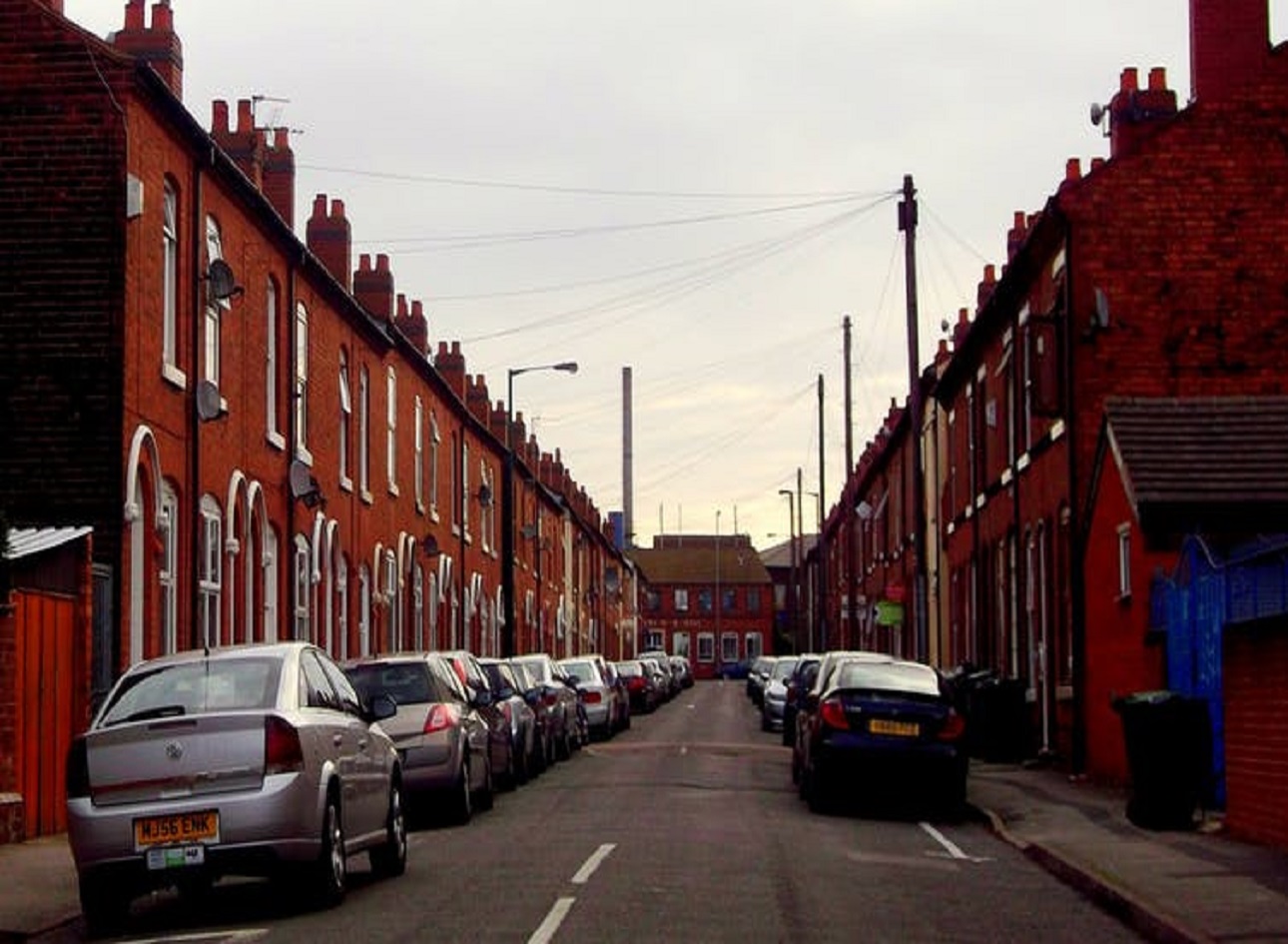Dr Alita Nandi and Dr Renee Luthra write for The Conversation
A recent vicious attack on a 17-year-old asylum seeker in Croydon has drawn widespread condemnation and is being investigated as a hate crime. It follows a spike in hate crimes following the Brexit vote in June 2016 which brought the issue of ethnic and racial harassment into sharp focus. Yet harassment of people for their ethnicity, religion or race has long been a problem for minority communities in Britain.
Over 20 years ago a survey found that around 13% of people of ethnic minority had been racially attacked or racially insulted in the preceding year. Since then migration patterns and attitudes have changed. But even as more people from ethnic minorities are now born in the UK, reports of harassment have remained relatively stable.
Our recent working paper, which used data from Understanding Society, the most recent large-scale nationally representative household survey, found that in 2010, 9% of all ethnic minorities in Britain reported experiencing ethnic or racially motivated harassment in the previous year.
Who is targeted
We define ethnic and racial harassment as people saying that they had been insulted, called names, threatened or shouted at, or been physically attacked in a public place at least once in the past 12 months because of their ethnicity, religion or nationality. Our analysis was based on over 10,000 interviews with members of ethnic minority groups.
Using this very specific definition, we found that, overall, 10% of ethnic minority men reported experiencing ethnic and racial harassment, and 7% of women. This varied for some ethnic groups, for example around 15% of Chinese, Pakistani, Indian-Sikh and Indian-Muslim men reported experiencing harassment.
Within each ethnic group, women were also less likely to report harassment than men – although there were exceptions for people of Bangladeshi and black Caribbean origin. Yet women were more likely to fear harassment than men, and in most ethnic groups they were more likely to report feeling unsafe or to avoid public places due to their race or ethnicity.
The data also supported the old adage of safety in numbers. People of ethnic minority living in neighbourhoods where there were more people of their own ethnic group were less likely to report ethnic and racial harassment.
Lower mental health
There can be various consequences of such experiences: fear of going out, increased levels of stress and anxiety, low self-esteem and poor mental health.
In our analysis we focused on people’s self-reported levels of depression and anxiety. On a scale of zero to 36, we found that a person who experienced ethnic and racial harassment reported having levels of depression and anxiety that were two points higher than people who didn’t experience harassment. The fear of harassment alone is detrimental to mental health: those who feared harassment but had not experienced it reported lower mental health than those who neither experienced nor feared it.
Unfortunately, we did not find very many factors which helped to mitigate the effects of harassment on mental health. On average, those people living in neighbourhoods with a higher proportion of residents from their own ethnic group experienced lower levels of harassment and better mental health. But we found that living in an area with more people of their own ethnic group didn’t protect somebody against the possible negative mental health impacts of ethnic and racial harassment.
We did find though that people who said they had a large number of friends also reported having less of a decline in their mental health after experiencing ethnic and racial harassment. This means that large friendship groups can offer some protection for those who are targeted.
Our research has established links between ethnic and racial harassment and worse mental health. But we have not established if ethnic and racial harassment had a direct effect on mental health or if those with worse mental health are more likely to report harassment. It’s also possible that certain types of people are more likely to report harassment and poorer mental health. Any interventions designed to help improve mental health of people from minority communities, will need to take this into account.
